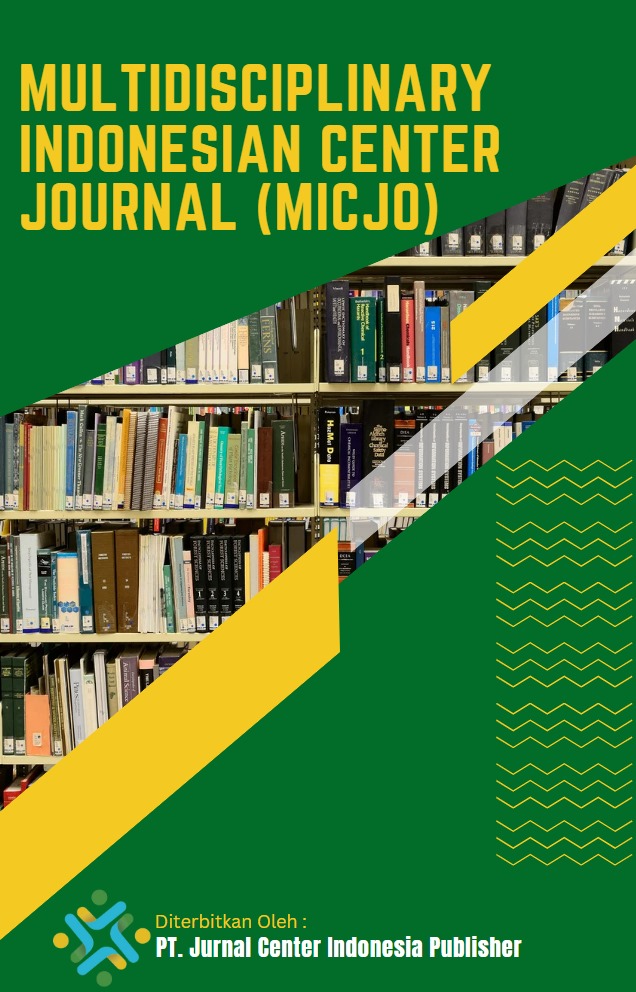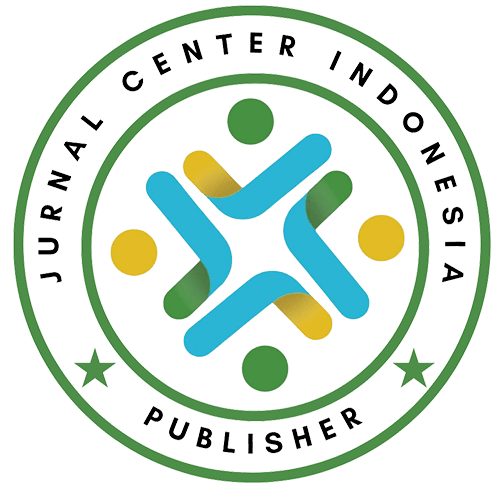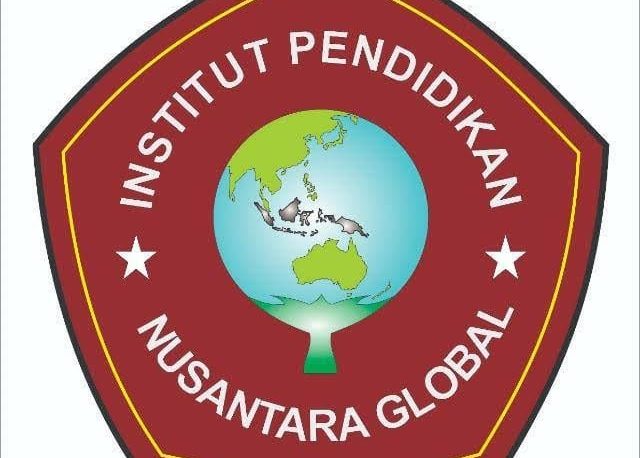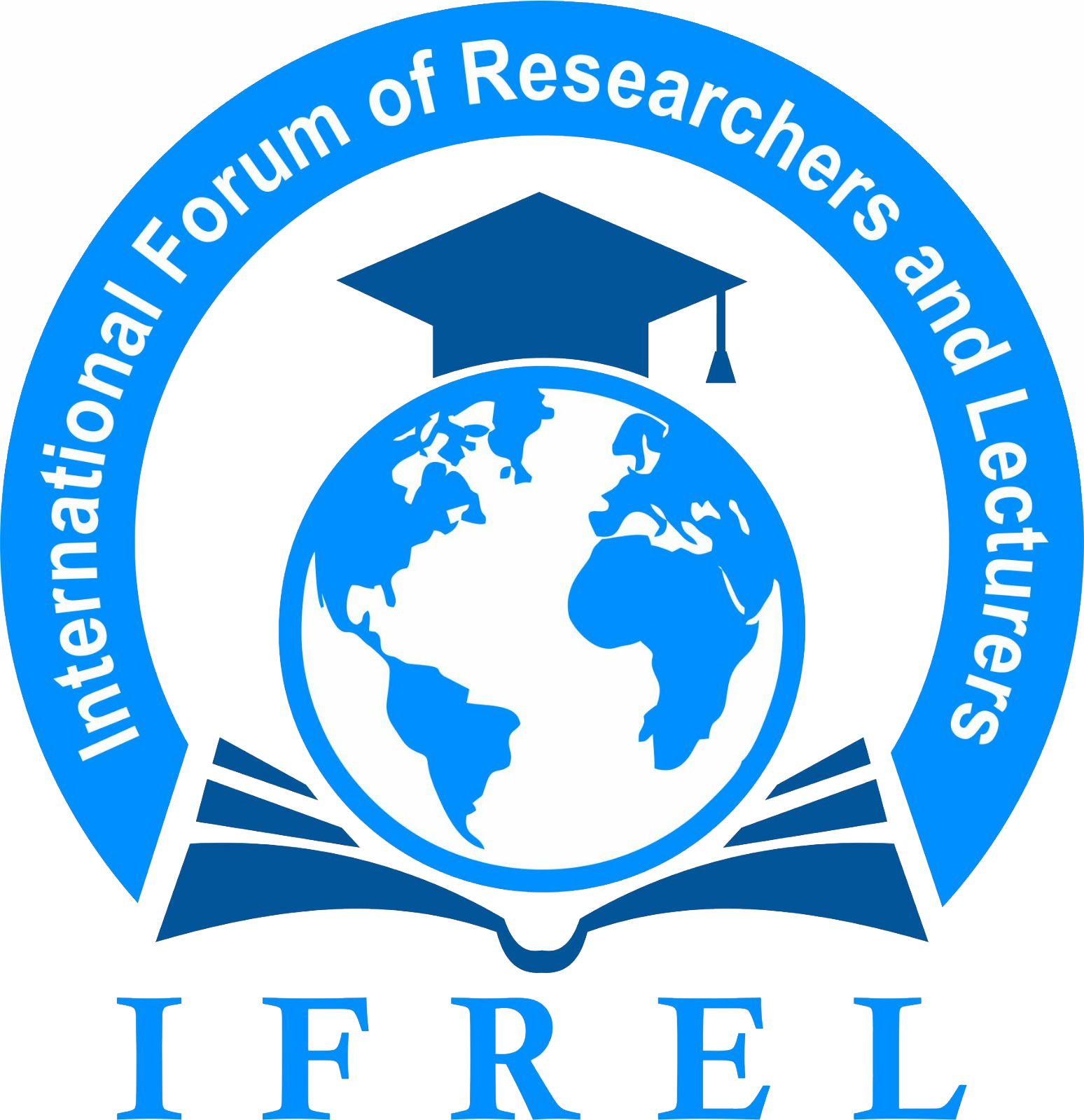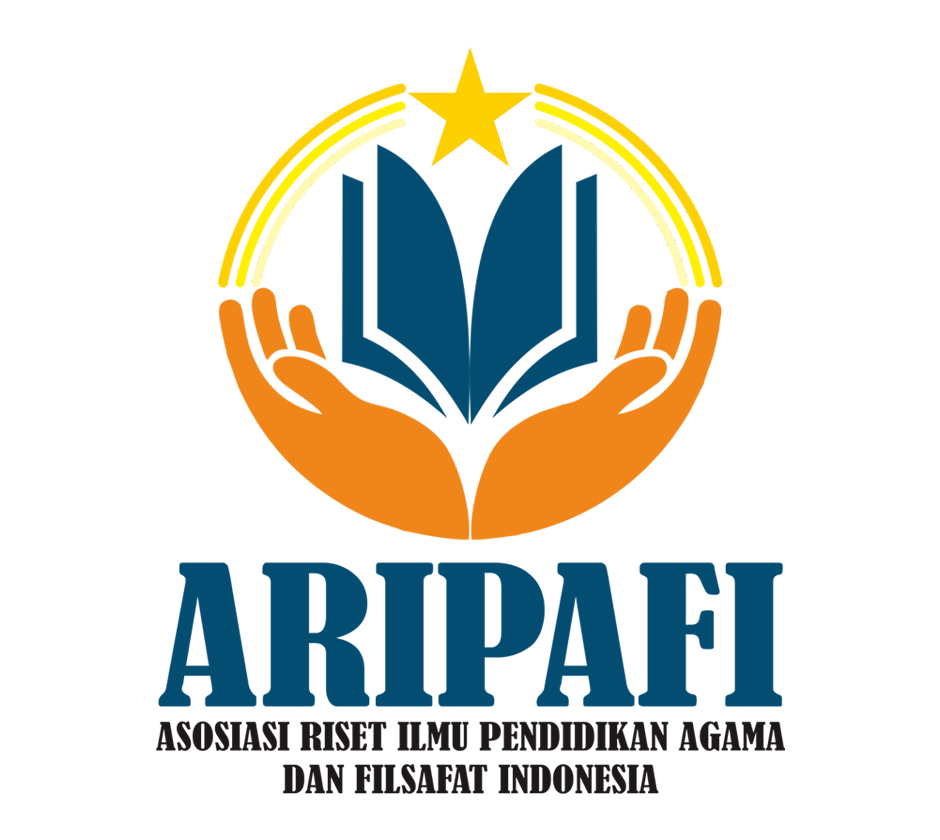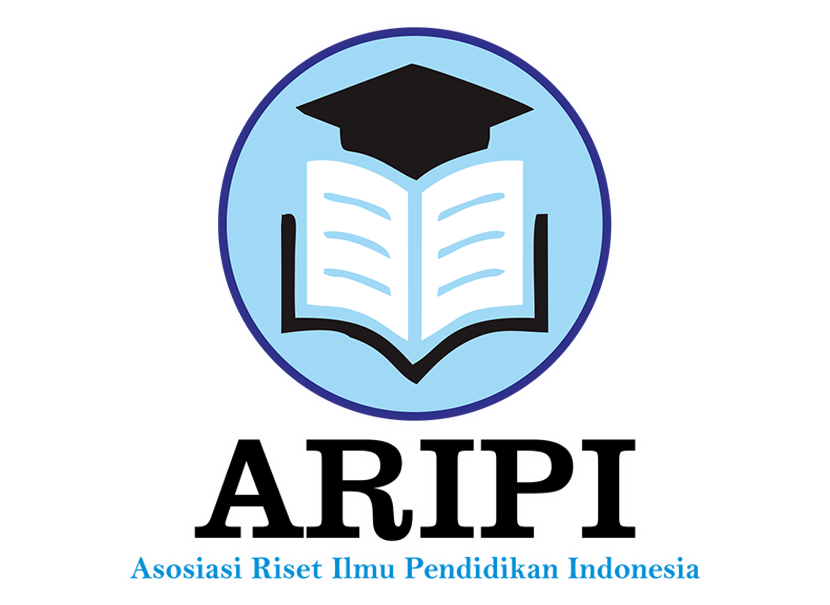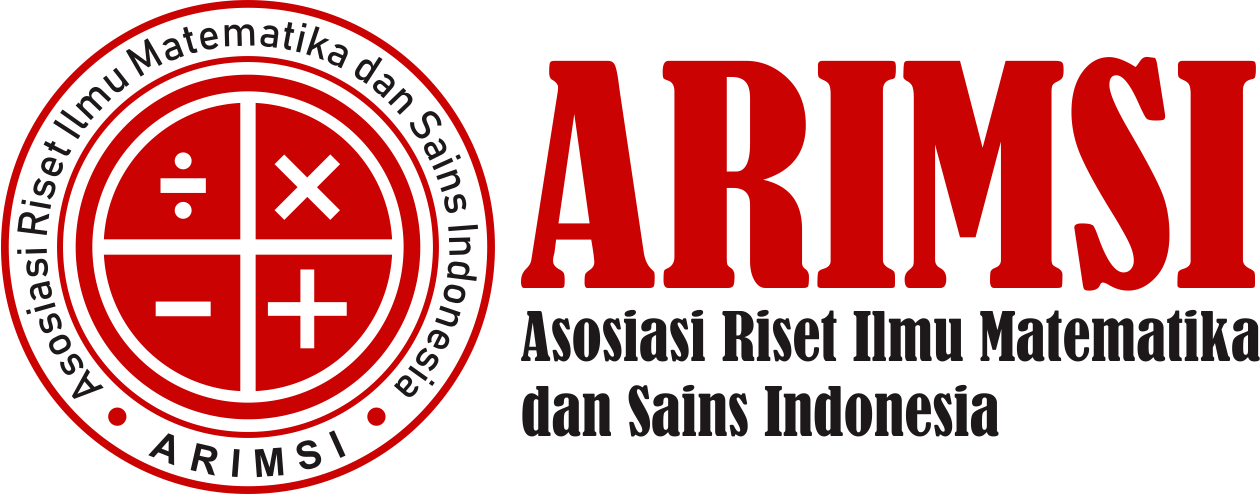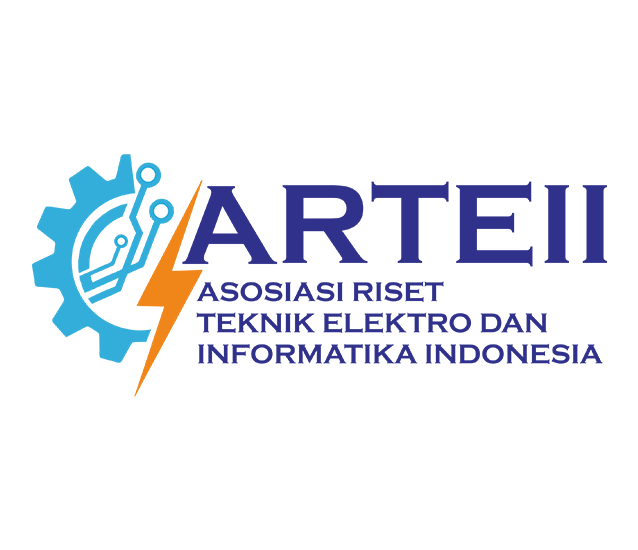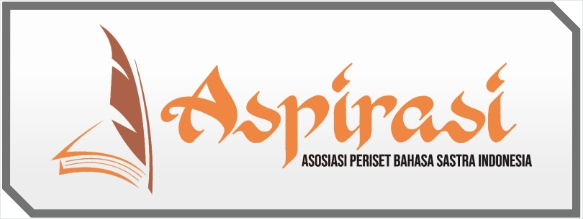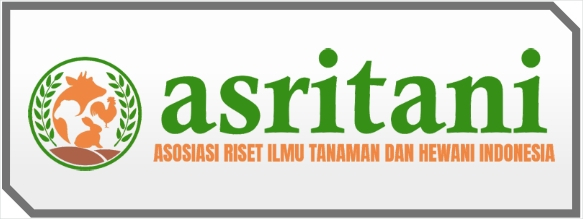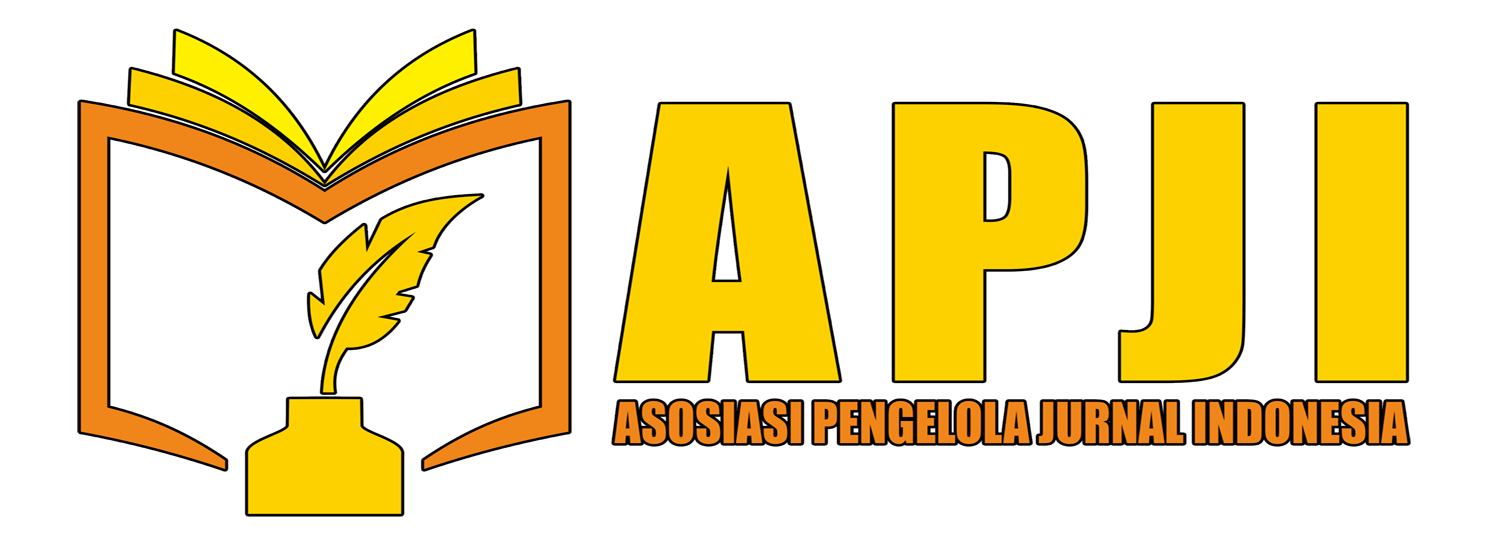ANALYSIS OF THE DEVELOPMENT POTENTIAL OF BABURAI WATERFALL TOURISM OBJECT IN PADANG PARIAMAN REGENCY
DOI:
https://doi.org/10.62567/micjo.v2i4.1334Keywords:
Strategy, Tourism Development, Waterfall TourisAbstract
Baburai Waterfall, located in Padang Pariaman Regency, is one of the tourist attractions with tourism potential; however, in reality, this tourist attraction has not maximized the existing potential. This study aims to (1) describe the tourism potential of Baburai Waterfall in Padang Pariaman Regency and (2) formulate strategies for the development of the tourism potential of Baburai Waterfall in Padang Pariaman Regency. This research uses a qualitative type with a descriptive approach to detail and interpret the data. The results of the research conducted through field observation, interviews, and questionnaires found that there is a lack of good coordination among managers, local government, and tourism departments, leading to limited accessibility to the waterfall, a lack of human resource development, and insufficient promotion regarding the Baburai Waterfall tourist attraction. The analytical technique used is the SWOT method to determine the sustainable development strategy for Kulukubuk waterfall tourism. Based on the results of the SWOT analysis, it is concluded that the development strategy for the Baburai waterfall tourism potential includes building cooperation with the government and the tourism office, improving accessibility, and enhancing the human resources of the Baburai waterfall tourism managers.
Downloads
References
Ansori, M. F. F., Nisa, K., & Asysyifa, A. (2020). Analisis Kelayakan Objek Wisata Air Terjun Seratak Di Desa Teluk Mesjid Kabupaten Kotabaru Kalimantan Selatan. Jurnal Sylva Scienteae, 3(2), 403–411.
Badan Pusat Statistik (BPS) Provinsi Sumatera Barat. (2025). Data Kujungan Wisatawan Air Terjun Baburai Kab. Padang Pariaman.
Devy, H. A. (2017). Pengembangan Obyek Dan Daya Tarik Wisata Alam Sebagai Daerah Tujuan Wisata Di Kabupaten Karanganyar. Jurnal Sosiologi DILEMA, 32(1), 34–44.Hadiwijoyo, S.S. 2012. Perencanaan Pariwisata Perdesaan Berbasis Masyarakat (Sebuah Pendekatan Konsep). Yogyakarta : Graha Ilmu.
Fahmi, Irham. (2014). Manajemem Strategi. Bandung: Alfabeta.
Muawanah, A. (2013). Definisi, Komponen, dan Sistem Pariwisata | Change Your World with Smiling. https://annisamuawanah. wordpress.com/2013/01/31/definisi-komponen-dan-sistem-pariwisata/.
Pradikta, Angga, (2013). Strategi pengembangan obyek Wisata Waduk Gunungrowo Indah Dalam Upaya Meningkatkan Pendapatan Asli Daerah (PAD) Kabupaten Pati.
Prihandoko, adhip. (2018).Analisis potensi obyek wisata alam di kabupaten semarang. Universitas muhamadiyah Surakarta. https://eprints.ums.ac.id/2371/1/E100020023.pdf.
Ridlwan, M.A., Muchsin S. Hayat. (2017). Model Pengembangan Ekowisata dalam Upaya Pemberdayaan Masyarakat Lokal. Indonesia Political Science Review. 2(2).
Rukin, (2019), Metode Penelitian Kualitatif, Yayasan Ahmar Cendika Indonesia, Sulawesi Selatan.
Setiawan. Zunan, Okma Yendri, Bagus, Arya Kusuma, Riani, Prihatini Ishak, Yoseb Boari, Nurhikmah, Paddiyatu, Titing, Kartika. (2023). Buku Ajar Perencanaan Dan Pengembangan Pariwisata. Jambi: Sonpedia Publishing Indonesia.
Shinta, G. (2020). Mengenal Konsep 3A dalam Pengembangan Pariwisata. https://www.handalselaras.com/mengenal-konsep-3a-dalam pengembangan pariwisata.
Sugiyono. (2015). Metode Penelitian Kuantitatif, Kualitatif, dan R&D. Bandung : ALFABETA.
Sugiyono. (2016). Metode Penelitian Kuantitatif. Bandung: CV. Alfabeta
Sumargo, Bagus. (2020). Teknik sampling. Jakarta Timur: UNJ Press
Downloads
Published
How to Cite
Issue
Section
License
Copyright (c) 2025 Aldi Aditio Pratama, Osronita, Hary Febrianto, Nina Ismayani, Yudas Sabaggalet, Desi Eka Putri, Andri Yanto

This work is licensed under a Creative Commons Attribution-ShareAlike 4.0 International License.

